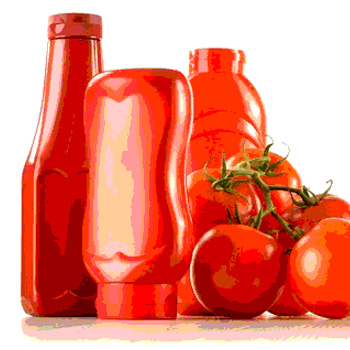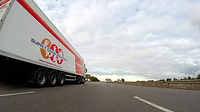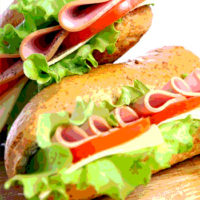Consumers are sick of wasting sticky food products that get trapped inside their packages. This includes condiments to sauces. There is research that proves this point and demonstrates how much consumers hate waste and the lengths they will go to get the last few drops of a product trapped in its package.
But there is little innovation in food packaging when it comes to helping viscous liquids flow. When something new does arrive, consumers and experts alike question its safety. Food innovations of the past with undesirable side effects have not helped dissipate the somewhat hostile and suspicious environment.
Some History
When I was at the Massachusetts Institute of Technology (MIT), I studied the science of slipperiness on campus at the Varanasi Research Group lab. I worked closely with professor Varanasi, initially trying to find a solution for methane hydrate buildups in gas pipelines. We first used smooth hydrophobic coatings and later used liquid-impregnated surfaces to reduce adhesion of the hydrates much further. After successfully creating the thermodynamic model that informed the methodology for making these permanently wet and slippery surfaces, we started to think of other applications.
Consumer packaged goods were one of the first things we considered. People have always experienced problems with viscous liquids in this space, and the closed environments within bottles and containers were ideal for maintaining our slippery surfaces. With that in mind, I applied our scientific approach to create what eventually became our viral ketchup bottle video, which in part helped us win the 2012 MassChallenge Competition.
But take a look through the video’s comments. While many think that ketchup gliding out of a glass bottle is cool to watch, there are also quite a few who express concern about the safety of such a coating. People are quick to make snap judgments about the safety of new food technologies, but let us take a closer look into why exactly this is safe.
It’s Not What You Think
When you watch a couple of even more popular videos on YouTube that show products that have a similar visual effect—see Ultra-Ever Dry and Neverwet—you will see that they are impressive and appear to do the same thing as LiquiGlide by enabling liquids to slide across surfaces. But do not eat anything that has touched them (they are polymers), and do not expect them to be permanent (it washes away over time). These are traditional superhydrophobic surfaces that create a “lotus leaf” effect to repel liquids.
Liquid-Impregnated Surfaces
Liquid-impregnated surfaces are different from traditional superhydrophobic surfaces in that they are made of both solid and liquid materials—a textured solid and a liquid that that is held in place through capillary forces to create a permanently wet slippery surface. Think of oil in a frying pan, except the oil is trapped in place permanently.
The technology foundation allows for the creation of customized slippery surfaces with different properties depending on the application. What’s more, hundreds of different materials have been identified that can be combined to create these coatings.
Each customized coating is created to meet the demands of the particular application. What works for mayonnaise does not necessarily work for ketchup, and there are many nonfood applications where this technology can be applied as well—from laundry detergent to glue.
Even explaining that the technology can work for both edible and nonedible sticky substances probably creates some confusion and casts doubt for some readers—but the truth is that the methodology is flexible enough to create a spectrum of coatings that can be applied for many different uses—and still meet stringent standards for each application.
So, What Does This Mean for Packaged Foods?
Because there are so many choices for materials that can be used to create liquid-impregnated surfaces, the coating can literally be made from food materials—ingredients that are both approved by the U.S. Food and Drug Administration (FDA) and that you eat on a regular basis. One of the key reasons we licensed the liquid-impregnated surface patents from MIT was because we knew that bringing it to market was viable, not only because we could use FDA-approved materials, but also because the coatings could be applied at scale with ease.
But How Does It Affect the Food?
It doesn’t. When we work with a client to create a customized slippery coating we design to meet their specific requirements—from total immiscibility to passing the most stringent taste tests and quality control standards. As an example, we have had professional mayonnaise tasters in our facilities and they confirmed that our coatings had no impact on the taste.
But what it does do is eliminate waste. It does this at the consumer level, and it is capable of doing it at industrial scale as well. We are changing the way liquids move—whether it is out of bottles or through pipes and vessels in the production line—and we do it without causing risk to humans. In fact, in nonfood environments, we see the potential for LiquiGlide to even save lives.
The Future of Slippery Food Packaging
We are rapidly bringing our innovative technology to the market, working closely with more than 30 clients around the world to create customized coatings for their applications. We are currently in advanced licensing discussions with many of them and expect to see LiquiGlide-coated food packaging on stores shelves within a year.
Dave Smith is the CEO of LiquiGlide, Inc.
Slippery Coatings: Eliminates Food Waste; Safe to Eat?



